Saturday Shoutout / The Big And The Bad
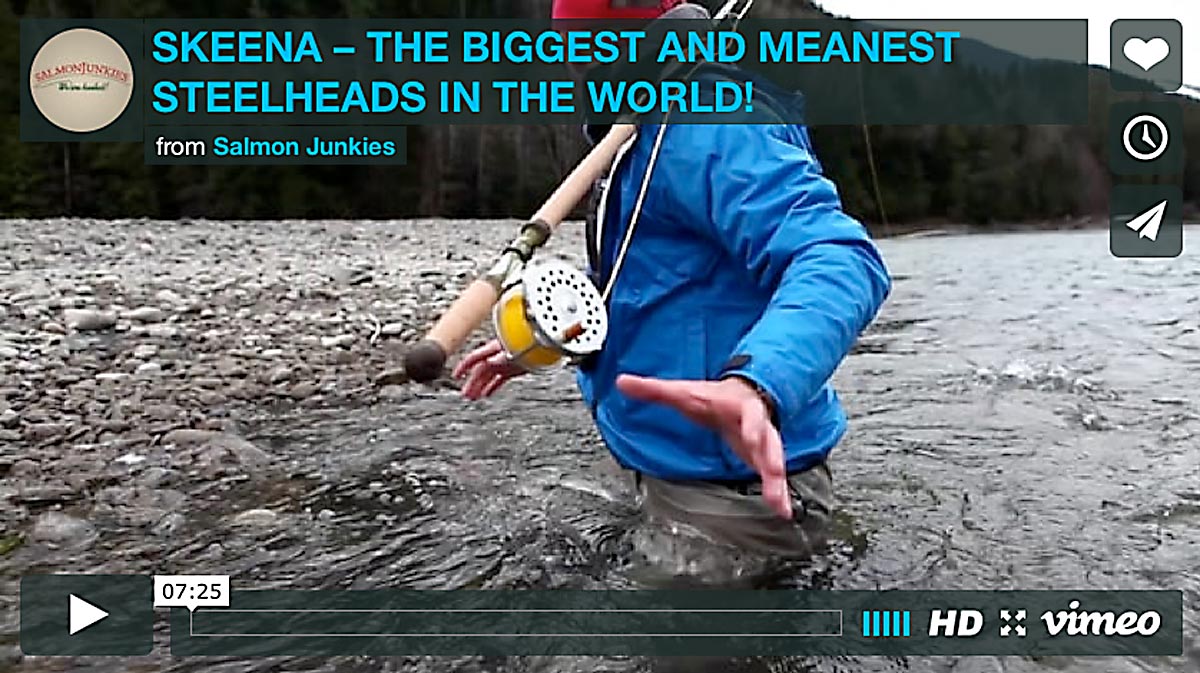
Chasing the biggest and baddest steelhead on the planet.
Well, that doesn’t sound awful. This may make you hate me, but i’m actually steel heading as you read this. Not on the Skeena and not for the biggest and the meanest, but the Salmon Junkies are, so lets join them for a drag burning trip to the Skeena for monster steelhead.
Enjoy!
Read More »Dry Gear and Cold Beer From Fishpond
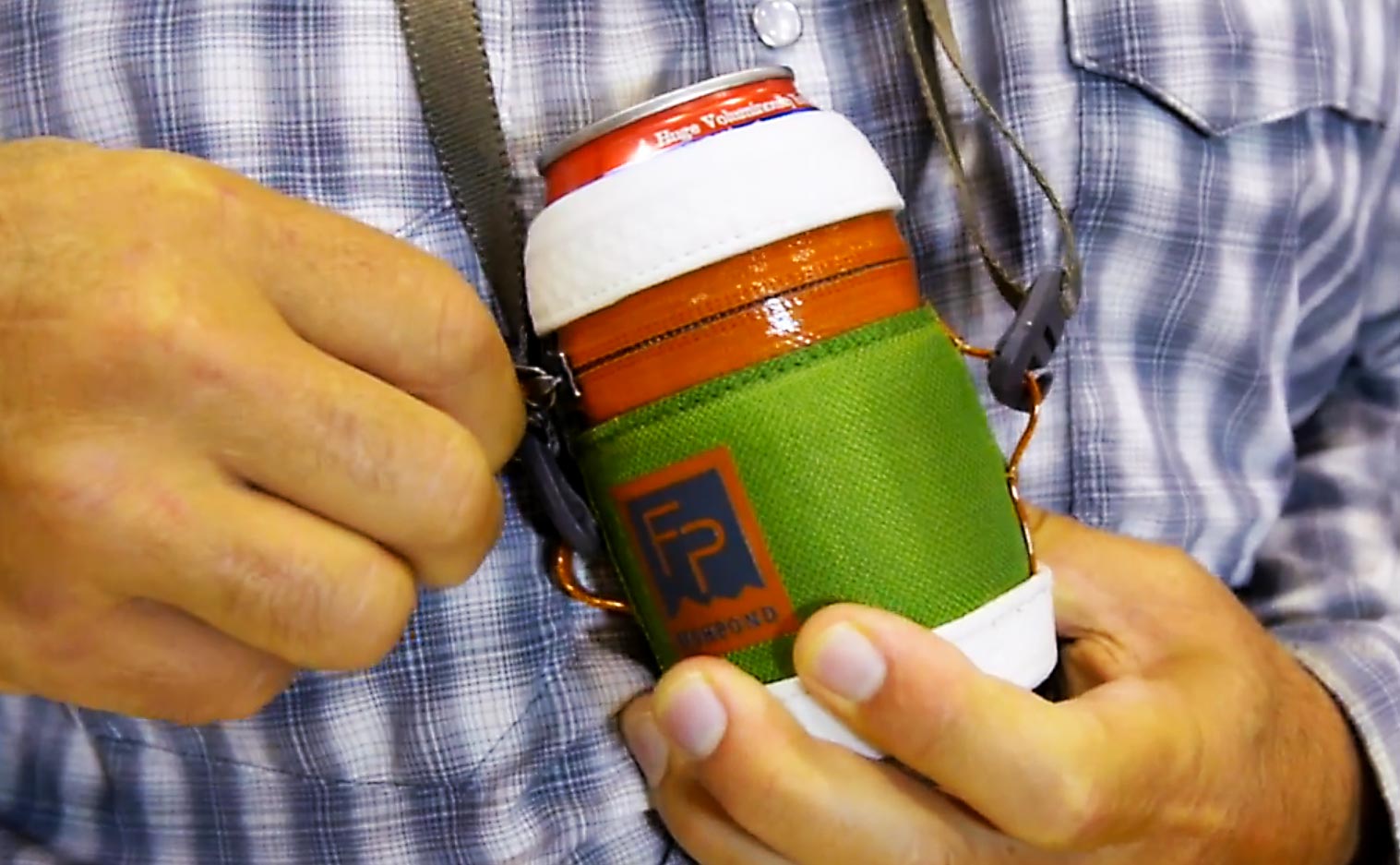
Always innovative, always quality. That’s what you expect from Fishpond.
This years new offerings are no exception. Some very cool T-zip duffles that are totally submersible, a nice new net and the accessory every angler needs. A wearable beer cozy. All you need are fish and a straw!
CHECK OUT THIS VIDEO TO SEE THE NEW PRODUCTS FROM FISHPOND.
Read More »Fly Fishing: Don’t Turn Your Cheek, Pay it Forward
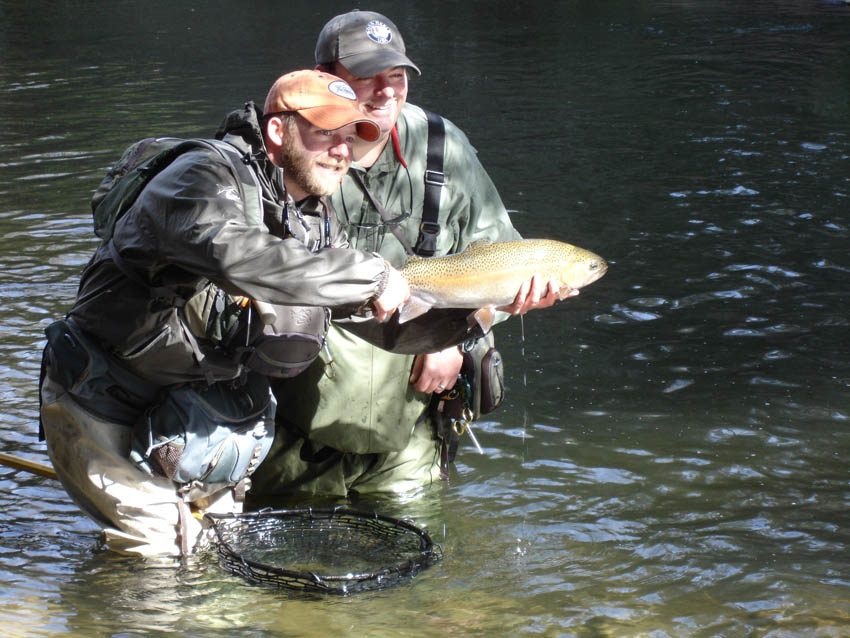
The other day I had the opportunity to guide a client who previously had put down his fly rod for many years. As he put on his waders and boots, and I began rigging the rods, he told me that many of his good friends were avid fly fisherman. Problem was, they had made it clear to him that they preferred he didn’t tag along with them, because they didn’t want to waste their precious fly fishing time teaching a beginner. I felt bad for the guy. He had been painted an outcast by his own buddies, and every year that went by, it made it harder and harder for him to pick up his fly rod. With a comforting grin on my face, I replied, “Man, I really wish you would have called me sooner. We could have nipped this in the butt a long time ago.”
During our hike in to the river, I decided my mission for the day was
Read More »This Land is Your Land
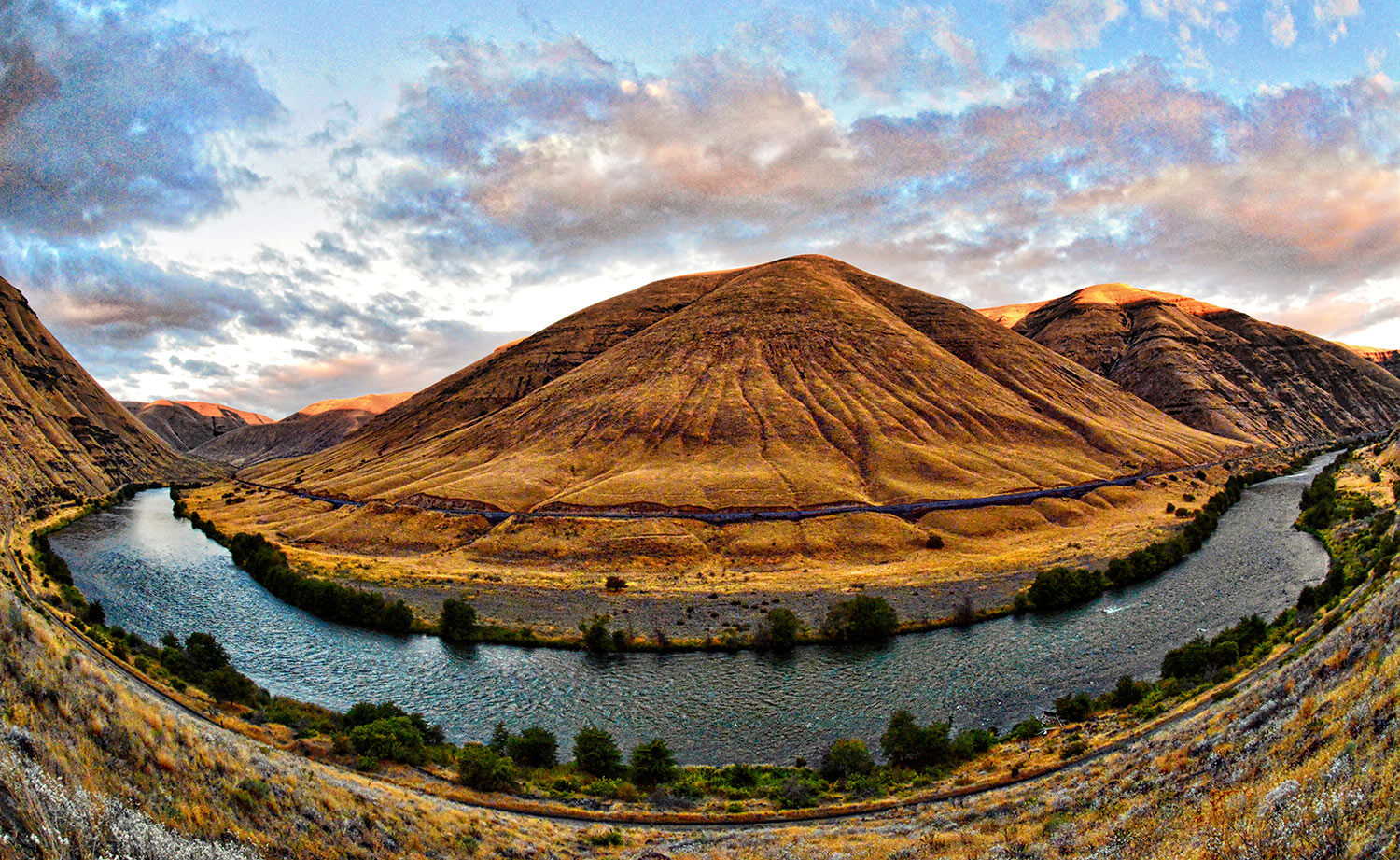
By Mia Sheppard
In the West, we are blessed with endless access to public rivers, mountains, forest, grasslands, and backcountry areas. These places are every American’s playground.
As a steelheader, mother, and outfitter who relies on public access; I’ve made central Oregon, and the rivers that flow through its basalt outcroppings and sagebrush foothills, my playground. Like most steelhead and trout rivers, the ones I fish and float are held in a trust for the American people by the federal government and managed, along with the rest of our country’s 640 million acres of federal public lands, by the Bureau of Land Management, U.S. Forest Service, U.S. Fish and Wildlife Service, and National Park Service.
These are lands that give us access to fish whenever we want, at minimal cost. In Oregon, I have the freedom to explore and find new water to over 200 public rivers and creeks. I can’t imagine fishing a river where I had to pay a premium to do what I love, go fishing and hunting.
Have you ever wondered where you would go fishing or hunting if you didn’t have public access? We can’t just take this lifestyle for granted.
There’s a movement afoot to transfer public lands that fuel our sports. Harkening back to the homesteaders of the 1880s and the Sagebrush Rebellion of the 1970s, this group is rallying around the idea of taking back federal lands that supposedly belong to the states. This modern-day sagebrush rebellion, which is well-funded and well-organized in places like Oregon, Idaho, Utah, and Montana, advocates for the transfer of millions of federal acres to the states that claim to be able to manage them better.
In 2012, the Utah state legislature passed the “Transfer of Public Lands Act and Related Study,” demanding that 31 million acres of federal land be given to the state by December 31, 2014. (This demand was never met.) As futile as Utah’s effort may sound, a total of 37 bills were introduced in 11 Western states promoting the transfer of federal public lands to state holdings during the 2015 state legislative season.
And the fight has moved to Washington, D.C.: In 2015 the U.S. Senate passed a non-binding budget resolution that encourages Congress to “sell, or transfer to, or exchange with, a state or local government any Federal land that is not within the boundaries of a National Park, National Preserve, or National Monument.” Read that again—your Senators passed this symbolic measure 51-49. Idaho’s Senator Mike Crapo and Senator James Risch both voted for it. This is such an important issue that the presidential candidates are talking about it and the newly approved Republican platform supports turning over federal land to
Read More »Sunday Classic / Let Your Guide Decide
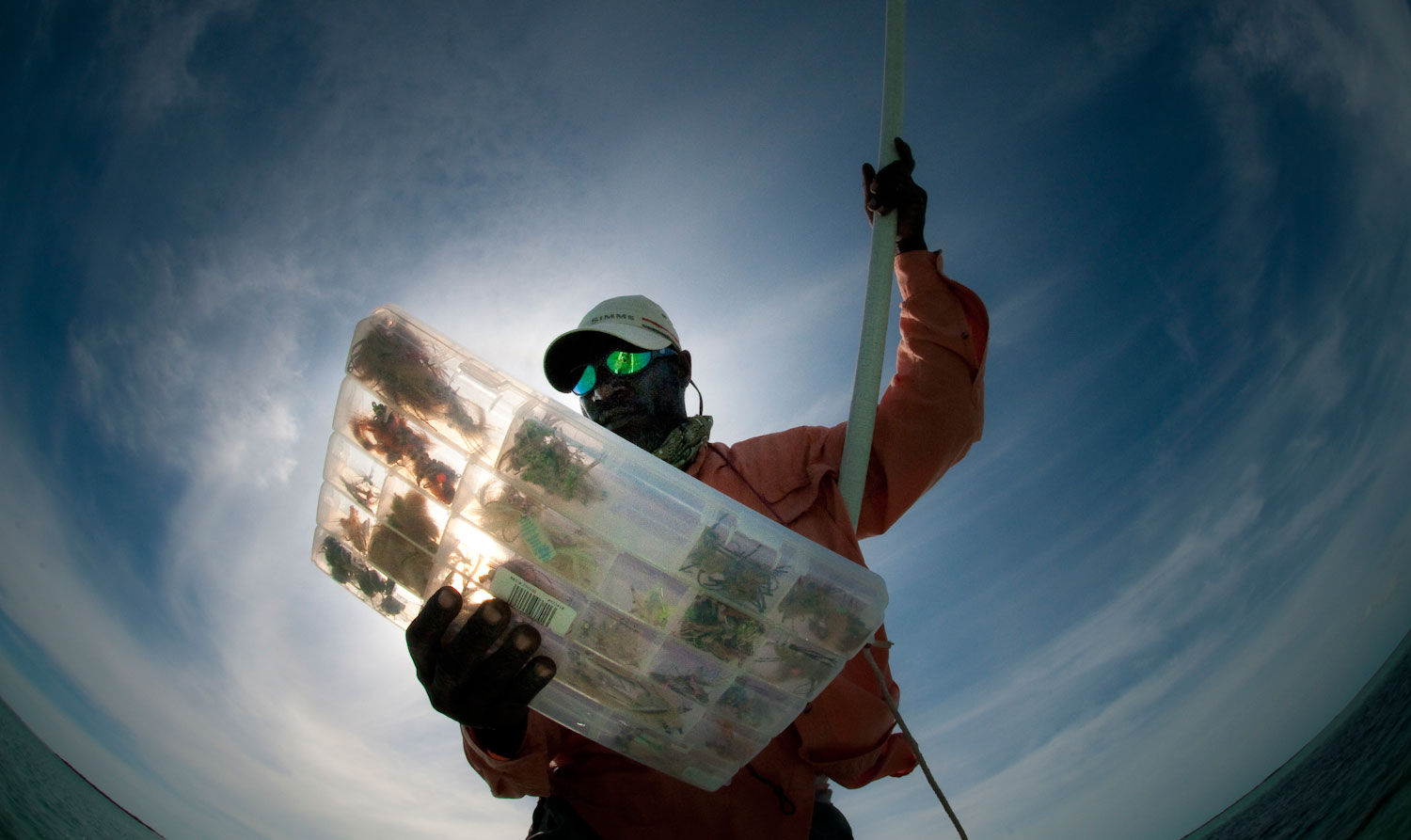
IT’S CRAZY TO ME BUT I SEE IT ALL THE TIME. GUYS WILL SPEND A FORTUNE TRAVELING TO SOME FAR FLUNG FISHING DESTINATION AND WHEN THEY GET OUT ON THE BOAT THEY’LL TIE ON THE FLY THE GUY IN THE SHOP AT HOME RECOMMENDED INSTEAD OF ASKING THEIR LOCAL GUIDE.
Guides behave differently in different locations. A Florida Keys guide would never let you tie on a fly from your box with out approving it first. He’d more likely just cut it off and tie on one of his own, but guides in other places can be a lot more low key. In the Bahamas for example the guides are very laid back and if a client ties on a fly, they will likely not question it. They of course have an opinion, an informed one at that, and if you ask for it you’ll get it.
I was on the boat one day with, Andros South guide, Jose Sands and an angler who will remain nameless. This fellow is a great fisherman and a guide at home. He had selected a fly from his box and when the time came made a perfect presentation to a huge bonefish
Read More »Saturday Shoutout / Thinking One Through
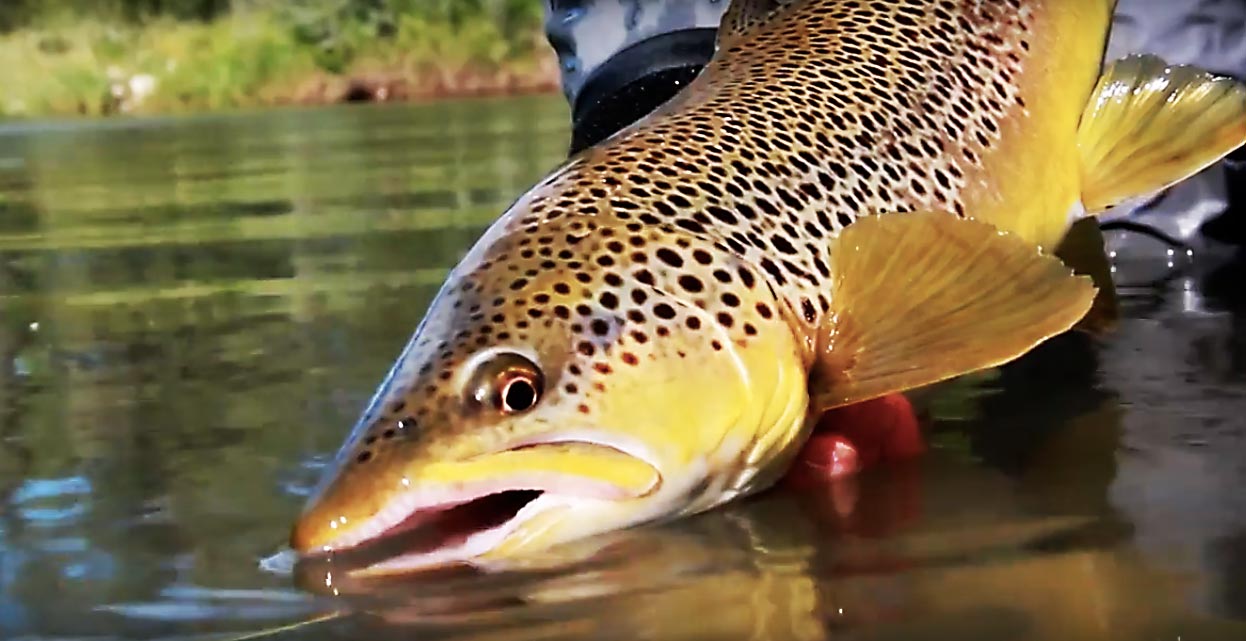
Here’s a video every trout angler will want to see.
There’s nothing more fun than sight fishing to trout. Beyond being enjoyable and visually rewarding, it’s also how you will catch your biggest fish. Sight fishing allows you to target quality fish and make informed presentations. It’s a real art.
This great video from Jensen Fly Fishing (sourced via Orvis News) is a textbook example of educated angler vs educated fish. It’s highly educational and just plain fun to watch.
ENJOY, “THINKING ONE THROUGH.”
Read More »Looking Good With Fish On
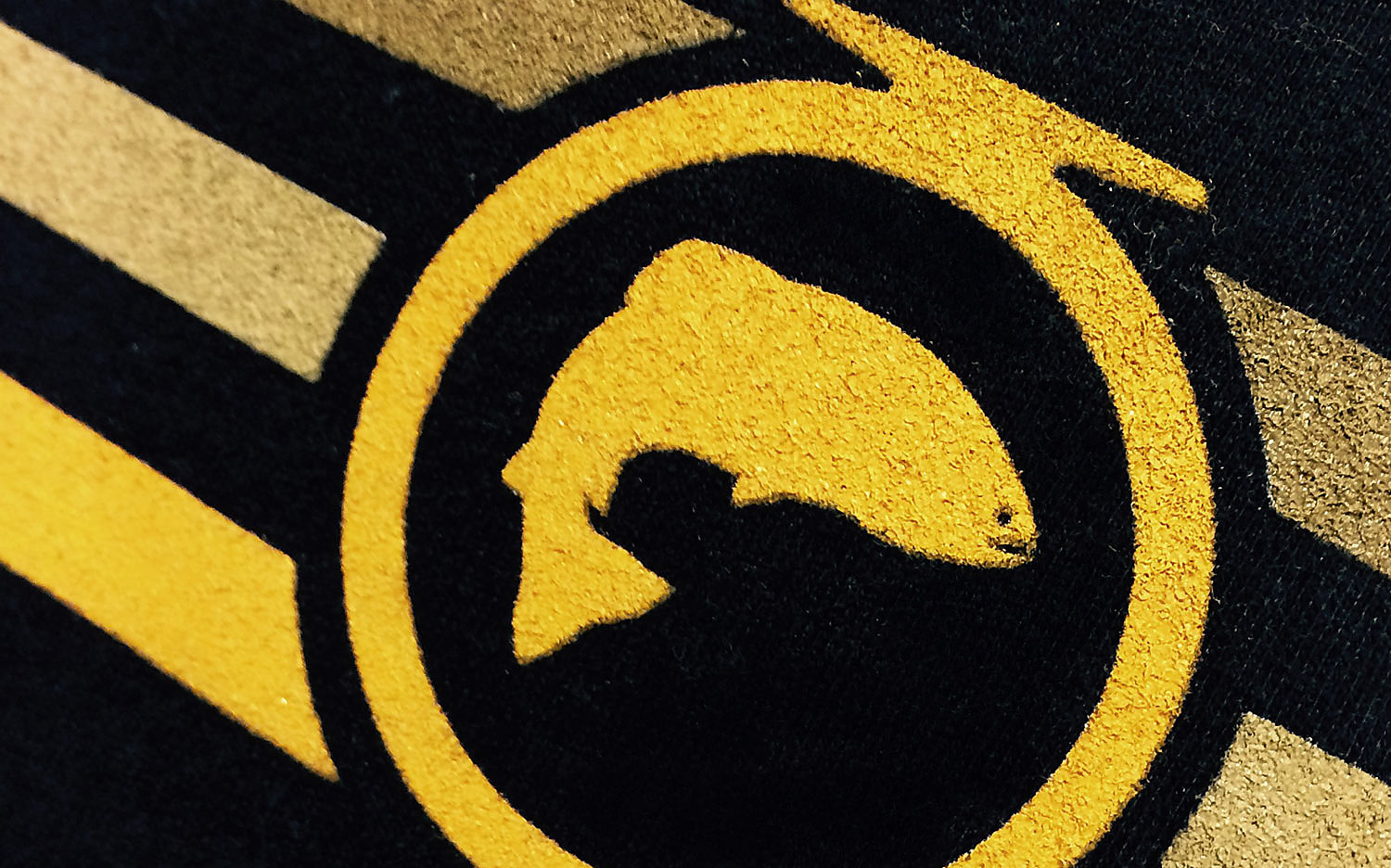
Fish On Energy delivers cool designs and quality materials in Fly Fishing apparel.
I met these guys about 2 years ago when they were just getting into the apparel game. They weren’t really product designers, just fishy guys with an eye for what’s cool. They had a couple of cool T-shirts and hats and a great attitude. Two years later, the product line has expanded, and the designs have evolved. Now there’s cool apparel for on and off the water. Pretty cool stuff from Fish On.
WATCH THIS VIDEO TO SEE NEW DESIGNS AND TECHNICAL WEAR FROM FISH ON ENERGY.
Read More »C&R Tips & Gear for Musky & Other Toothy Critters
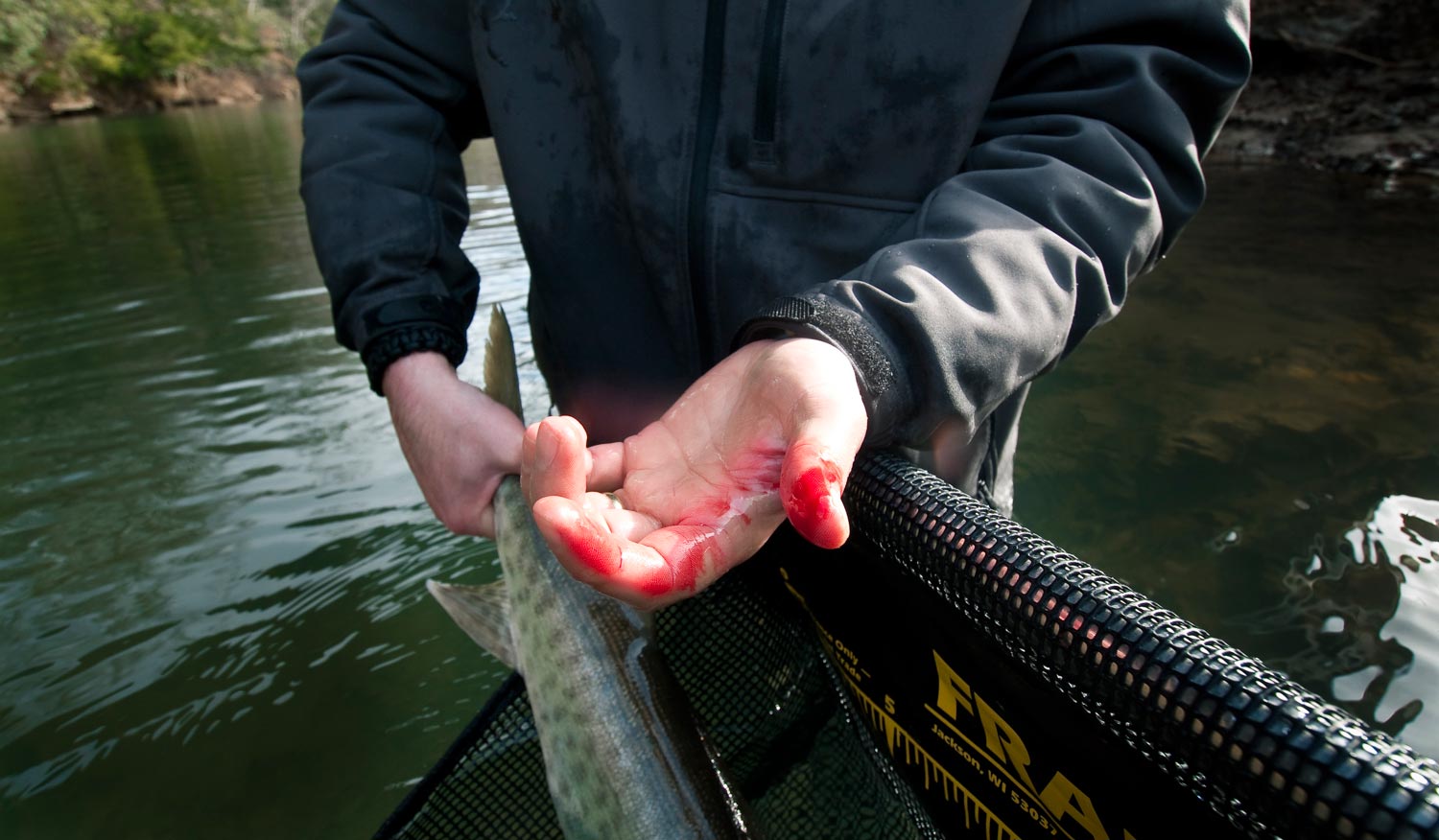
I’ll never forget the first musky I landed on fly. It was an extremely proud moment for me, but it quickly turned into a stressful situation after I got the musky to the boat. I had serious problems removing the deeply hooked fly. The musky had its mouth slammed shut and would not open it more than a couple seconds at a time. After a few minutes without making any progress, I became desperate, and used my hand to pry the mouth open (dumb I know, but the health of the fish was more important to me) and I ended up badly cutting my hand on the razor sharp teeth. The entire hook removal process took far too long, and that made it extremely difficult for us to revive and release the fish. It was an organized team effort to say the least. I held the fish in the water, Louis stabilized the net, and Murphy ran the trolling motor upstream to keep water running over the gills until we got the musky green again. Talk about a bummer that ended up overshadowing a proud angling moment. That’s not how I wanted my first catch and release of a musky to go down.
If you’re planning on going fly fishing for musky or any other toothy critters for the first time, I highly encourage you to read over these organized catch and release handling tips and gear recommendations. They’ll keep you and the fish safe, and you’ll greatly decrease the chances of ruining a great moment on the water like I did.
Read More »Sunday Classic / Some Say I’m an Intense Fly Fishing Guide
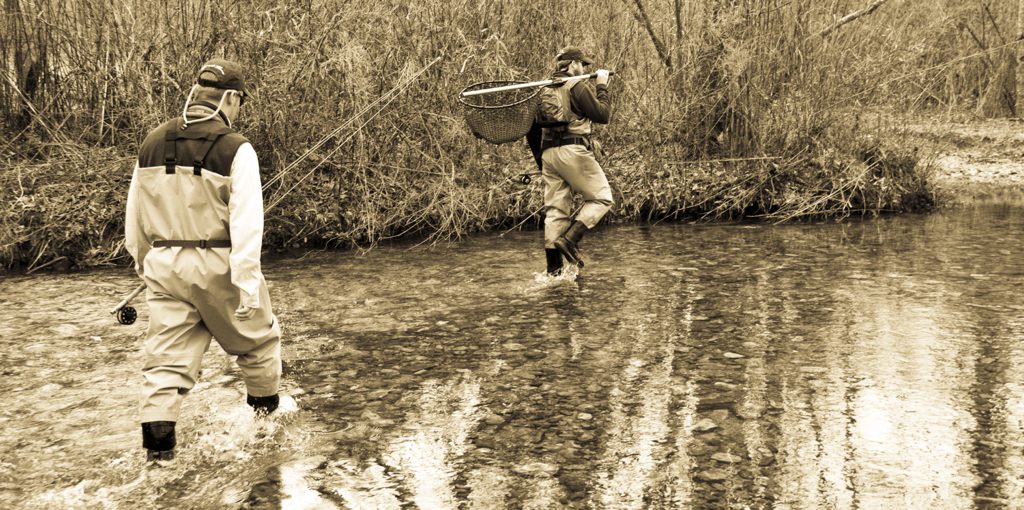
I’m sort of a blabber mouth on the water when I guide.
Similar to a sports radio announcer that’s calling a game play by play, so the listeners can easily follow and visualize what’s going on. It’s a hands-on style of guiding that’s served me well over the years. Nintey-seven percent of my clients would have it no other way, but every once in a while, I’ll get a comment defining my guiding as being too intense. When it happens, I’ll back off and give them some breathing room, but I always chuckle, because it tells me I’m upholding a promise that I made to myself many years ago.
When I was a kid and had the dream of becoming a full-time fishing guide, I promised myself, if I was ever fortunate enough to become one, I would give my clients my absolute best every day on the water. And if the time came when I was unable to do so, because I lost my love for guiding or simply just got too old, I would promptly hang it up as a guide.
Beginners make up the bulk of my clients, and I’ve found the best way to teach them is by constantly communicating what’s going on in my head, and how I would approach and fish the water if I was doing so on my own. I’ll talk them through every cast and fishing spot throughout the day, if that’s what it takes for my clients to learn how to do it the right way and find success. The way I see it, if I can teach my clients to think like a guide when their out with me, when their on their own, they’ll catch fish like a guide.
I can be nit-picky at times, but its not done in a negative way. I’ll say things like, “your high-sticking this spot 90% correctly and that’s great, but there’s 10% of your technique that’s wrong and it’s keeping you from catching fish. Let me fine-tune you a little bit and show you how to do it 100% correctly. That way, when you find yourself in a situation like this during your next fishing trip, you’ll catch more fish.” I’ll instruct clients to walk behind me and follow my foot steps when we’re approaching a fishing hole. This teaches them how easily success can be jeopardized if they wade in the wrong places. “See how if you walk downstream of this shoal in the shallow riffle, you won’t send shock waves upstream to the trout holding in that flat water upstream?” Some may look at this as being too intense, but I see it as
Read More »Saturday Shoutout / Save The Grand Canyon
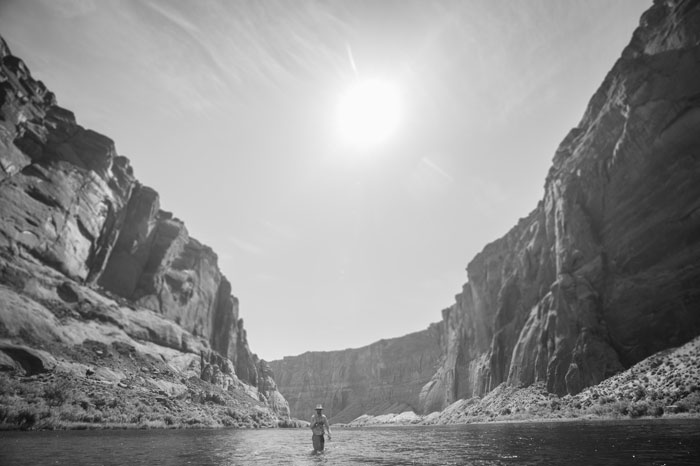
It seems that every day development threatens yet another national treasure, but the Grand Canyon is actually in trouble today, September 3rd.
Tim Romano, at Angling Trade, make a last minute plea for support to stop some highly invasive development in Grand Canyon National Park. Please take a moment to watch this video, read his article and sign the petition.
The deadline is today!
ACT NOW TO SAVE THE GRAND CANYON
